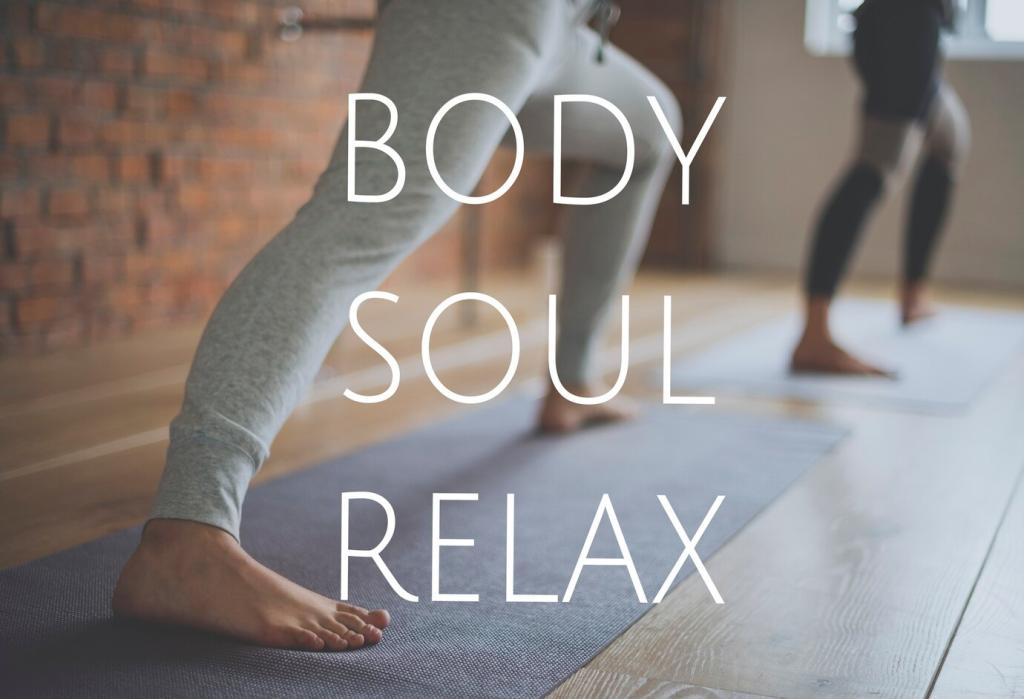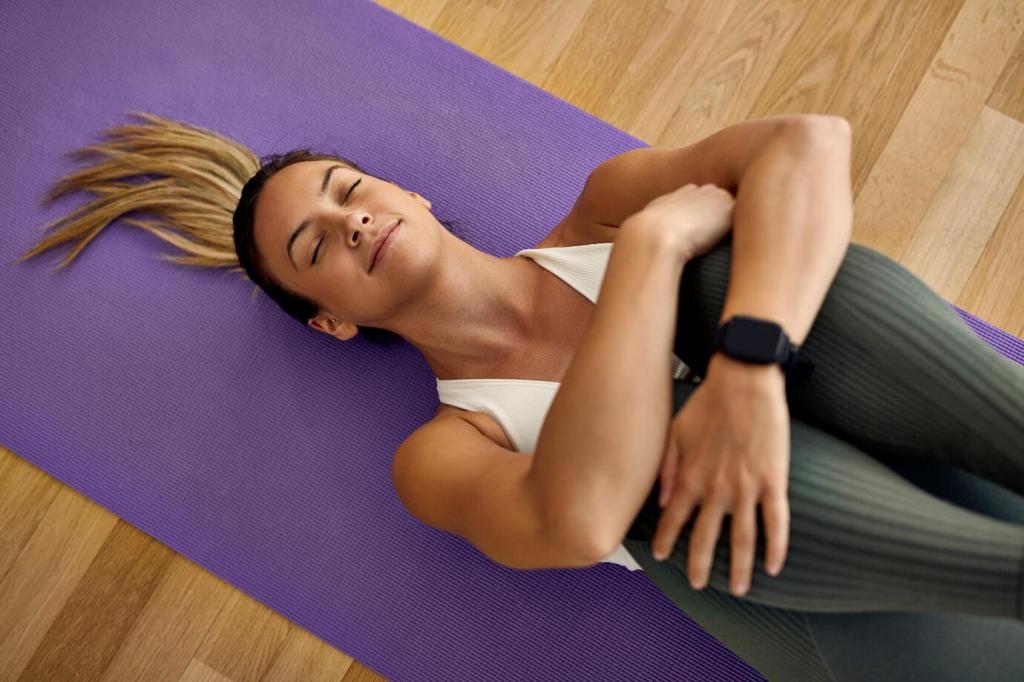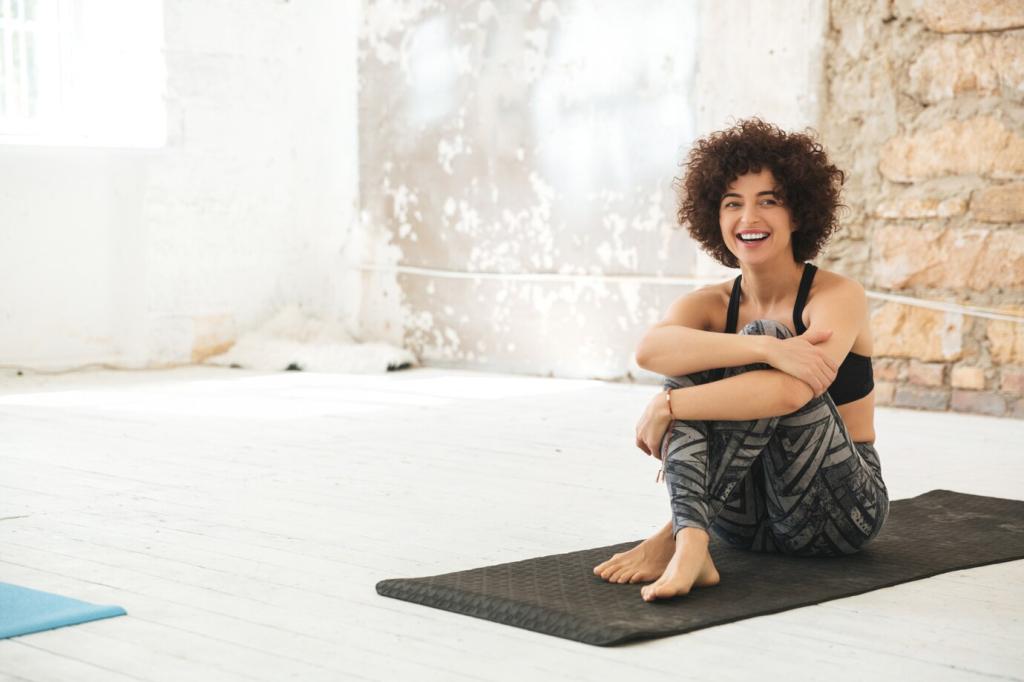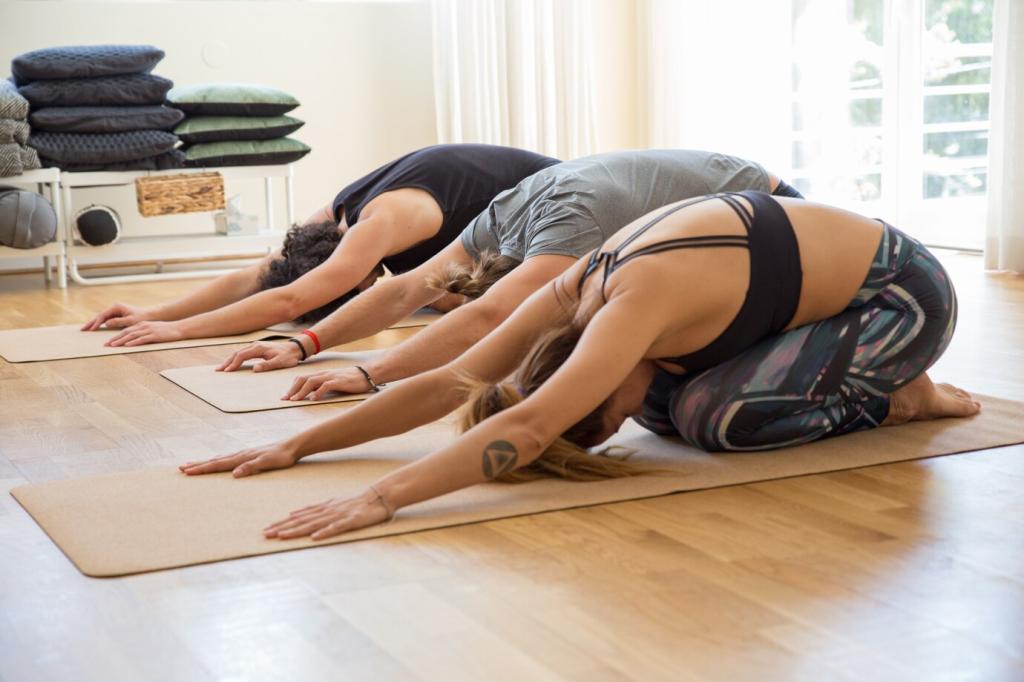Why Muscles Get Sore—and How Yoga Eases the Ache
Soreness often peaks 24–48 hours after effort as micro-tears repair. Yoga’s slow, fluid motions hydrate fascia and encourage circulation, reducing that sandpaper feeling in your quads and back. Share where you feel it most, and we’ll tailor future flows to your recovery needs.
Why Muscles Get Sore—and How Yoga Eases the Ache
Inhale to create gentle space; exhale to invite length. This rhythm taps the vagus nerve, helping your nervous system downshift from “do more” to “heal now.” Try five breaths per pose and tell us in the comments how your body softens when the breath leads.





